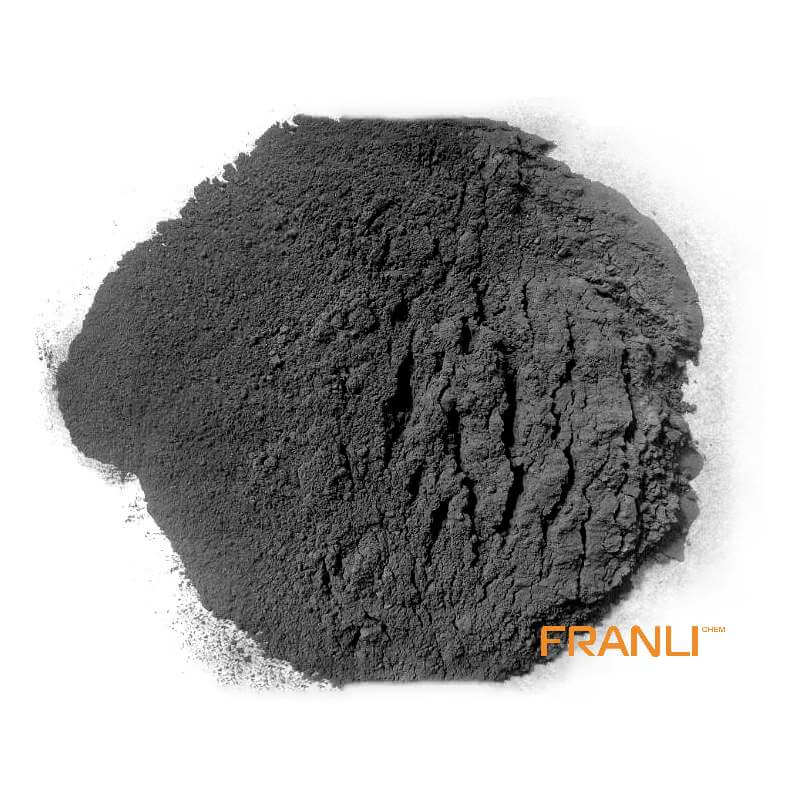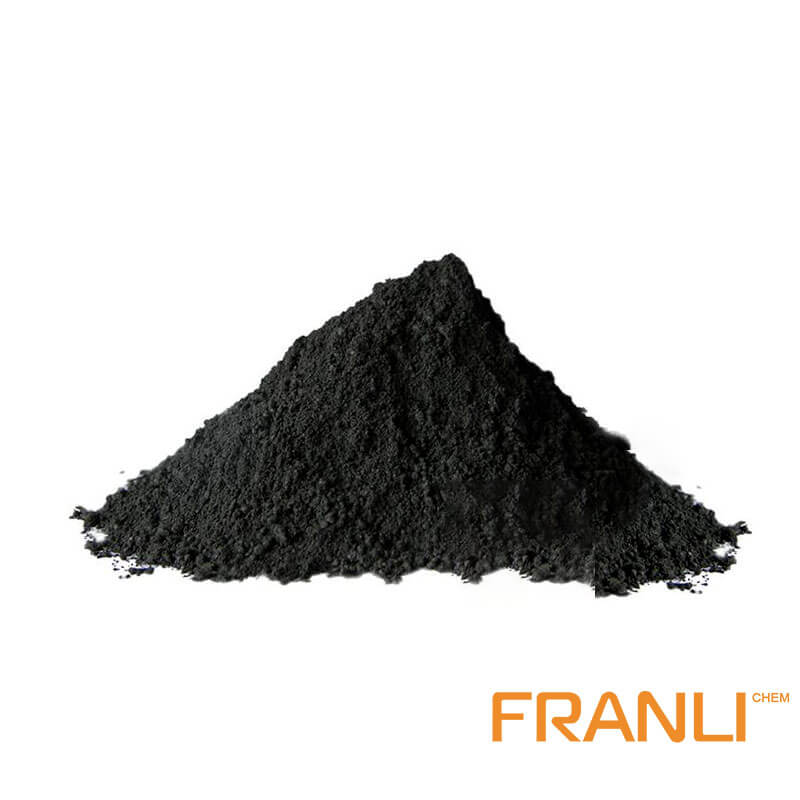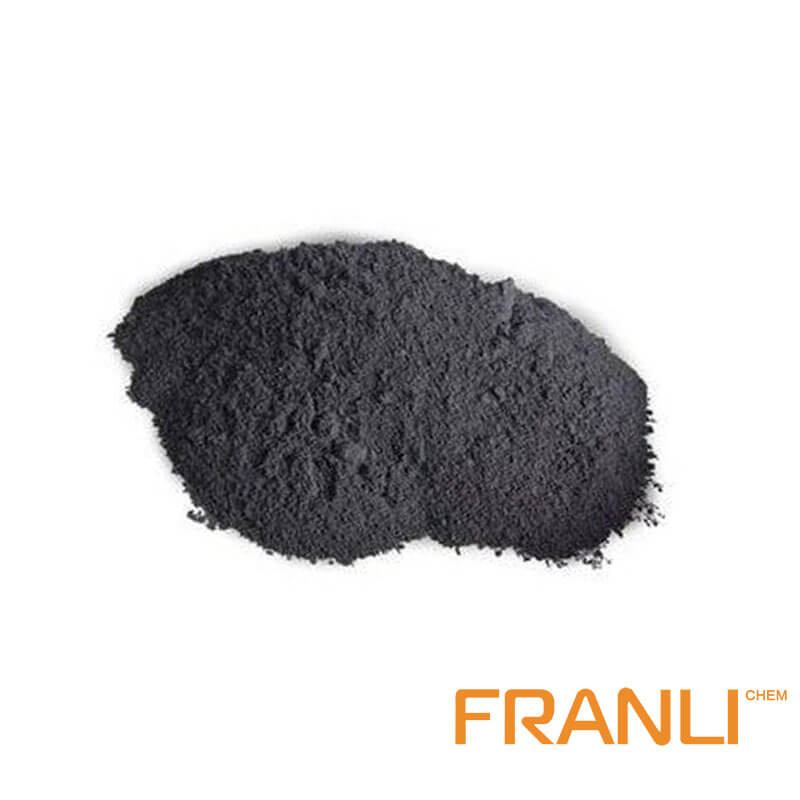


Artificial Graphite
Size
0.01mm or 0.07mm,etc
Package
25 kg small bags into ton bags or ton bags
Features
Good wear resistance, corrosion resistance, good thermal conductivity, etc.
Application
Can be used in making heat exchanger, reaction tank, absorption tower, etc.
There are many kinds of artificial graphite and different production processes. In a broad sense, all graphite materials obtained by carbonization of organic matters and treated by high temperature after being treated with graphite can be collectively referred to as artificial graphite.In the narrow sense, artificial graphite usually refers to the massive solid materials prepared by batching.
Request a quote
Artificial graphite has its special properties, so the popular offline electrode market is also very popular.
China’s anode leader has obvious advantages in technology, product, and cost, and has obvious global competitiveness. It has entered the supply chain of LGC, Ningde era, Samsung SDI, and other global lithium battery giants. With the downstream volume increasing, the anode material will accelerate the global substitution and is expected to enjoy the growth dividend of global new energy vehicles.

Dimension 1: main business of artificial graphite, development history and trend of artificial graphite
Master the core technology of artificial graphite, the product performance is superior. Artificial graphite is the main trend of the industry in the future, so the domestic leading enterprises of artificial graphite will benefit most in the future competition. Shanghai Shanshan has created a popular fsn-1 product, which helps the domestic artificial graphite anode industry to become the first echelon in the world. Afterward, Jiangxi Zichen developed G-Series products and entered into the world’s top supply chain such as apple to help domestic artificial graphite anode enterprises occupy the world’s top market. Jiangxi Zichen and Shanghai Shanshan are the most advanced enterprises in the artificial graphite anode industry in China.
Grasp the trend of artificial graphite, the head enterprise product performance is excellent. Compared with natural graphite, traditional artificial graphite has many disadvantages
For the shortboard with low capacity, the discharge capacity of artificial graphite is difficult to be more than 350 MAH / g, while that of natural graphite is generally between 350-360 MAH / g. With the continuous breakthrough of technology, taking putailai as an example, the current discharge capacity of its main G1 series products can reach 358.5mah/g, and the discharge capacity of high-end G9 products has exceeded 360mah / g.
The products are of good quality and have entered the overseas high-end supply chain. The negative electrode and other battery materials have a long time to be tested, and the general digital negative
The verification time is 6-12 months, the negative pole inspection time of the power battery is 18-24 months, and it has customer barriers. Therefore, under the condition of high demand for overseas power batteries, the negative enterprise materials which have entered the overseas supply chain and realized large-scale supply will benefit most. At present, companies such as Putai and fir have entered the supply system of LG Chemical, Samsung SDI, the leading battery leader overseas, and have realized large-scale supply, and the elastic space in the future is large. The negative industry needs about RMB 200-300 million investment per 10000 tons of capacity. With the increasing demand for the scale of negative materials, only the industry’s top enterprises have the capital strength to rapidly expand capacity.
From the perspective of hand money funds, the listed companies fir shares and Putai are far higher than their peers in hand monetary funds, and the capacity expansion plan is clear, and it will further form the scale effect. However, companies such as Kaijin energy, China electric, and xiangfenghua are relatively tight in monetary capital and have clear financing needs, so we need to pay attention to the refinancing progress.
The Inner Mongolia factory of putailai and Shanshan is the largest and most advanced factory in the world. Both putailai and Shanshan Co., Ltd. have built advanced graphite chemical plants in Inner Mongolia. Taking the 100000-ton production base of Shanshan in Baotou, Inner Mongolia as an example, according to the official disclosure of Shanshan Co., Ltd., compared with the independent unit operation, the production efficiency is + 40%, the number of employees is – 50%, the material turnover is less, and the quality is more guaranteed. Baotou production base in Inner Mongolia has a fully automatic closed material conveying system, including a modified production line, finished product processing line, and carbonization production line. It has a more advanced material processing system to realize the automatic control of the whole station.

Detailed cost analysis of artificial graphite
Raw materials and graphite foundry are the main production costs of artificial graphite. In the cost of the anode, the cost of raw materials (needle coke, etc.) and graphitization process accounts for more than 85%, so the cost control of anode is mainly reflected in these two links. Taking Zichen of Jiangxi Province as an example, in the cost structure of its artificial graphite products, raw materials (primary graphite, coke, asphalt) account for about 40%, labor costs account for about 2%, processing costs (mainly graphitization) account for about 52%, and manufacturing costs account for about 6%. Therefore, the price changes of raw materials and processing costs (mainly graphitization) will greatly affect the profitability of enterprises.
The demand for graphite electrodes promotes the high cost of graphitization, and the trend of graphitization of negative electrodes appears. Since 2017
The increasing demand for graphite electrodes has led to the increase of graphitization processing cost from 15000 yuan/ton to 23000 yuan/ton, and the price has increased by more than 50%, which has caused great cost pressure on anode enterprises. In order to ensure the long-term cost competitive advantage, anode enterprises began to extend the industrial chain, layout graphitization production, and control costs.
Integration and electricity tariff advantages reduce the graphitization cost of anode enterprises. The cost of graphitization is mainly composed of electricity, the crucible, and manufacturing cost. Among them, about 14000 kWh of electricity is needed per ton of negative electrode material for graphitization. According to the industrial electricity price of 0.7 yuan / kWh, about 9800 yuan/ton is needed, accounting for about 1 / 3 of the cost of graphitization. Therefore, the construction of graphitization capacity in low electricity price areas will directly promote cost reduction. The electricity price in Inner Mongolia of China is about 0.35 yuan / kWh, which is 64% / 43% lower than that in Japan / South Korea respectively.
Theoretical calculation of graphitization cost reduction
Assumption 1: the unit price of anode materials will decrease by 10% in 2019;
Assumption 2: the direct materials, direct labor, and manufacturing costs in 2019 are unchanged compared with those in 2018;
Hypothesis 3: the profit per ton of graphitization is 3000 yuan; The electricity charge in Inner Mongolia is 0.3 yuan / kWh, and that in eastern China is 0.8 yuan / kWh
Yuan / kWh, and the saving of electricity cost reduces the processing cost by 3000 yuan/ton ( Effect of deduction of expenses, etc.)
It can be calculated in three cases as follows:
1) If there is no such measure, the unit gross profit rate is expected to drop from 33.9% in 2018 to 26.6%;
2) If only considering the cost reduction of 3000 yuan/ton caused by self-supply of graphitization, the unit gross profit rate is expected to drop to 31.5%.
3) If we consider the graphitization self-supply and electricity saving of 3000 yuan/ton respectively, the unit gross profit rate is expected to rise to 36.5%.



